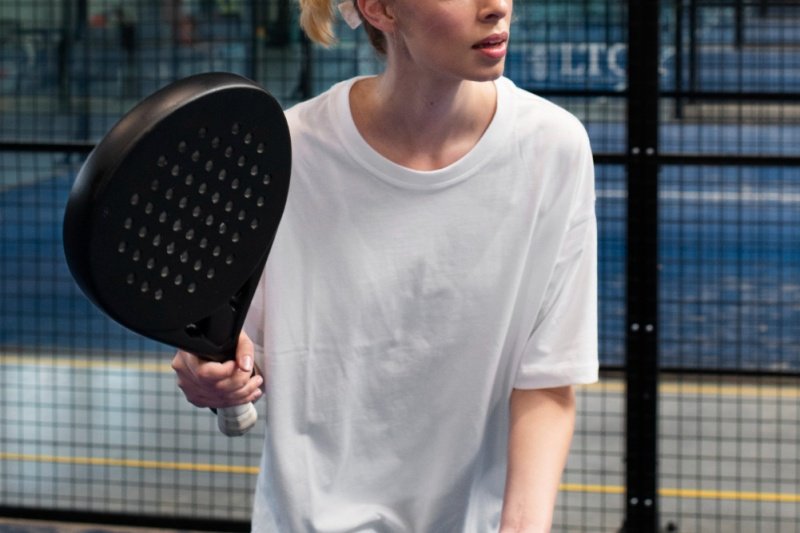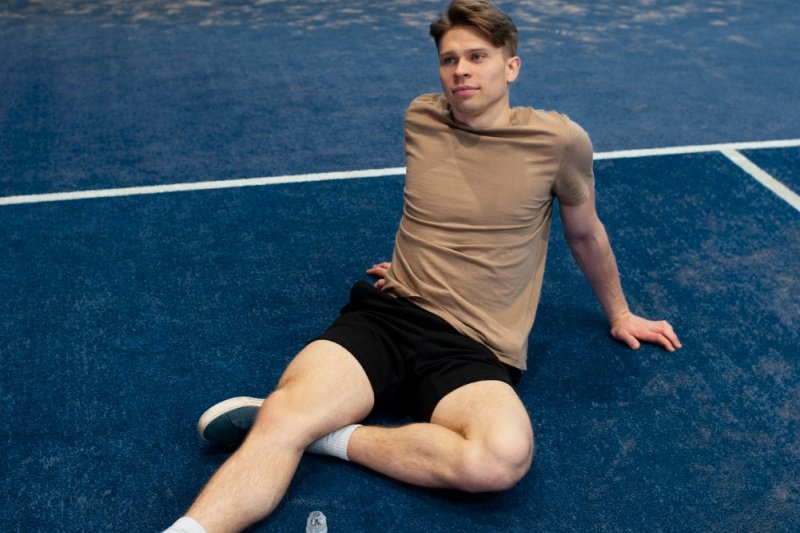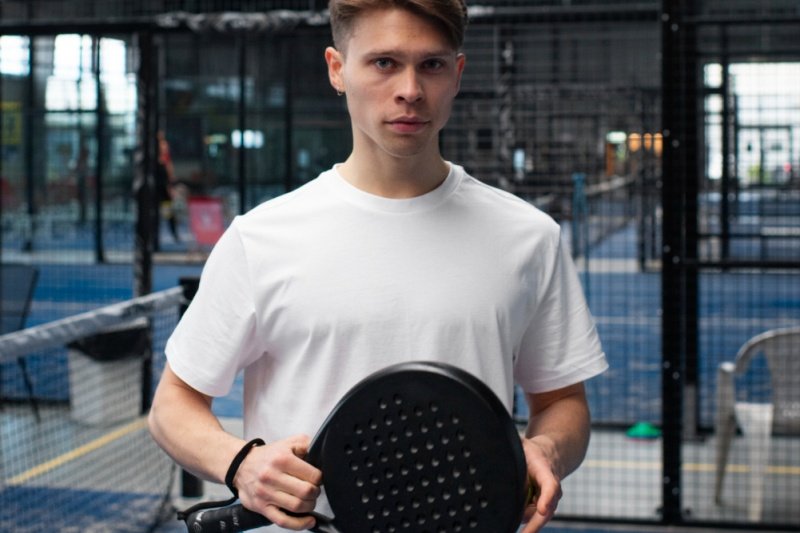Padel rackets are crafted using high-tech materials and precise manufacturing techniques to enhance performance and durability.
Padel rackets are made with carbon fiber, fiberglass, and EVA foam1 through molding, curing2 and layering processes to achieve optimal strength and playability.
Understanding these materials and processes can help players make better equipment choices.
What is the construction of a padel racket?
A padel racket's construction directly impacts its feel, power, and durability.
Padel rackets consist of a solid frame, a foam core, and carbon or fiberglass layers to enhance performance.
Breakdown of Padel Racket Construction
| Component | Material Used | Function |
|---|---|---|
| Frame | Carbon fiber, fiberglass | Provides structure and resistance |
| Core | EVA foam, polyethylene | Determines power, control, and comfort |
| Surface | Carbon fiber, fiberglass | Enhances touch and durability |
Higher-end rackets use advanced carbon fiber for increased stiffness and precision.
How are tennis rackets manufactured?
While similar in materials, tennis and padel rackets differ significantly in design and construction.
Tennis rackets are built using graphite or carbon fiber frames, strung with synthetic materials, and balanced for optimal power and control.
Key Differences in Manufacturing
| Feature | Padel Racket | Tennis Racket |
|---|---|---|
| Shape | Solid with drilled holes | Open-frame with string bed |
| Materials | Carbon, fiberglass, EVA foam | Carbon, graphite, synthetic strings |
| Core | Foam-based for shock absorption | Hollow frame with string tension |
Unlike padel rackets, tennis rackets rely on string tension to control ball impact.
Why are padel tennis rackets so expensive?
The cost of padel rackets is often higher than other sports equipment. But why?
Padel rackets are expensive due to high-quality materials, precision engineering3, and advanced technology that improve performance and longevity.
Factors Affecting Cost
| Factor | Impact on Price |
|---|---|
| Material Quality | Premium carbon fiber enhances power and durability. |
| Technology | Aerodynamics, vibration dampening4, and weight balance add cost. |
| Manufacturing Complexity | Layering and curing processes require precision engineering. |
Professional-grade rackets use the latest technology to optimize gameplay, justifying their premium price.
What is 12K carbon in a padel racket?
12K carbon is a common term in high-performance padel rackets. But what does it mean?
12K carbon5 refers to the weave density of carbon fiber in a padel racket, offering a balance of stiffness, power, and durability.
Carbon Fiber Variations in Padel Rackets
| Carbon Type | Weave Density | Characteristics |
|---|---|---|
| 3K | Looser weave | More flexible, softer feel |
| 12K | Medium weave | Balanced stiffness and control |
| 18K | Tight weave | Extra stiffness, powerful shots |
12K carbon provides a great combination of power and control, making it a popular choice among professional players.
Conclusion
Padel rackets are crafted using advanced materials and precision engineering. From core construction to carbon fiber variations like 12K carbon, each element contributes to performance. Understanding these aspects helps players choose the right racket for their playing style.
-
Learn how EVA foam enhances racket strength and playability. ↩
-
Understand how the curing process solidifies structure and boosts durability. ↩
-
Discover how precision engineering improves racket quality and consistency. ↩
-
Learn how vibration dampening reduces shock and enhances comfort. ↩
-
Understand how 12K carbon balances stiffness, power, and control. ↩








